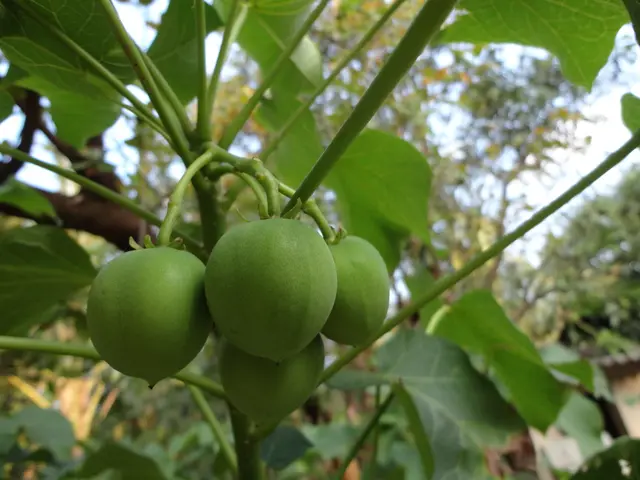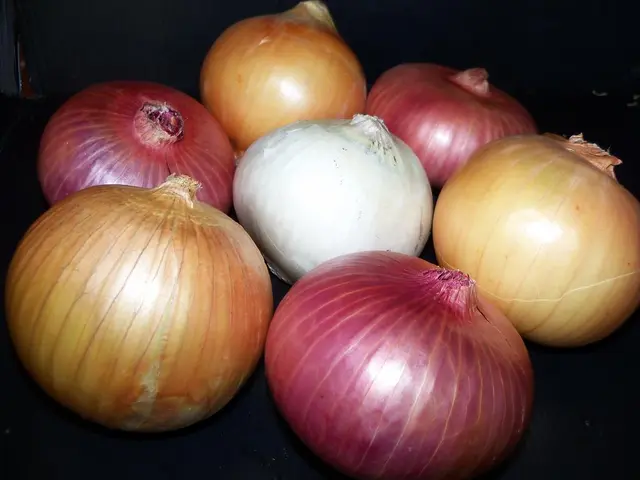Impact of Below-Freezing Temperatures on Tomato Growth
Chill- sensitive tomatoes can struggle during cold spells, with the best temperatures ranging from 18-24°C, never dipping below 13°C. If it gets too chilly, you might notice issues like poor pollination, leaf curling, and scarred, pocked fruits.
Signs
Tomato leaves curl and crisp, pollination is dismal, and the fruit could develop irregularities with scars and holes.
Where to Spot These Symptoms
tomatoes
Going Organic
Wait until summer nights heat up before sowing tomatoes outdoors. Buy larger pots for your tomatoes, giving roots room to expand. Place them outside when temperatures rise, but bring them indoors when the mercury drops. Generally, by late-June, they're safe to leave outside in a sunny, sheltered spot that faces south. As autumn's chill sets in, safeguard your tomato plants with horticultural fleece once nighttime temperatures dip, keeping them cozy until the first frost arrives.
Fancier Protection Methods:
- Use Insulated Plant Protectors to safeguard your plants, providing insulation against the cold.
- Employ Frost Cloths or Blankets (a.k.a horticultural fleece) to create an insulating barrier, ensuring air and moisture can pass through, preserving your plants from frost damage.
- Greenhouses or Cold Frames offer additional warmth and frost protection. Use a heater within the greenhouse for extra warmth.
- Mulching around the base of the plants can help maintain soil warmth and shield the roots from freezing.
- Harvest Early if frost is imminent. Pick green tomatoes and ripen them indoors.
- Simply cover the soil near the plant with fabric to protect it from frost.
Extras:
- Water tomatoes carefully in the morning with warm water to avoid shocking the roots and prevent overwatering.
- Give your plants support to protect them from wind and snow damage.
By following these strategies, you can efficiently safeguard your sun-loving tomatoes from the chill and frost.
Tomato plants, especially those that thrive in a home-and-garden lifestyle, can suffer from issues such as poor pollination, leaf curling, and scarred, pocked fruits when exposed to cold weather, akin to the symptoms mentioned earlier. To nurture your tomatoes during the winter months, consider employing insulated plant protectors, frost cloths or blankets (horticultural fleece), or even investing in a greenhouse or cold frame for added warmth and frost protection.








